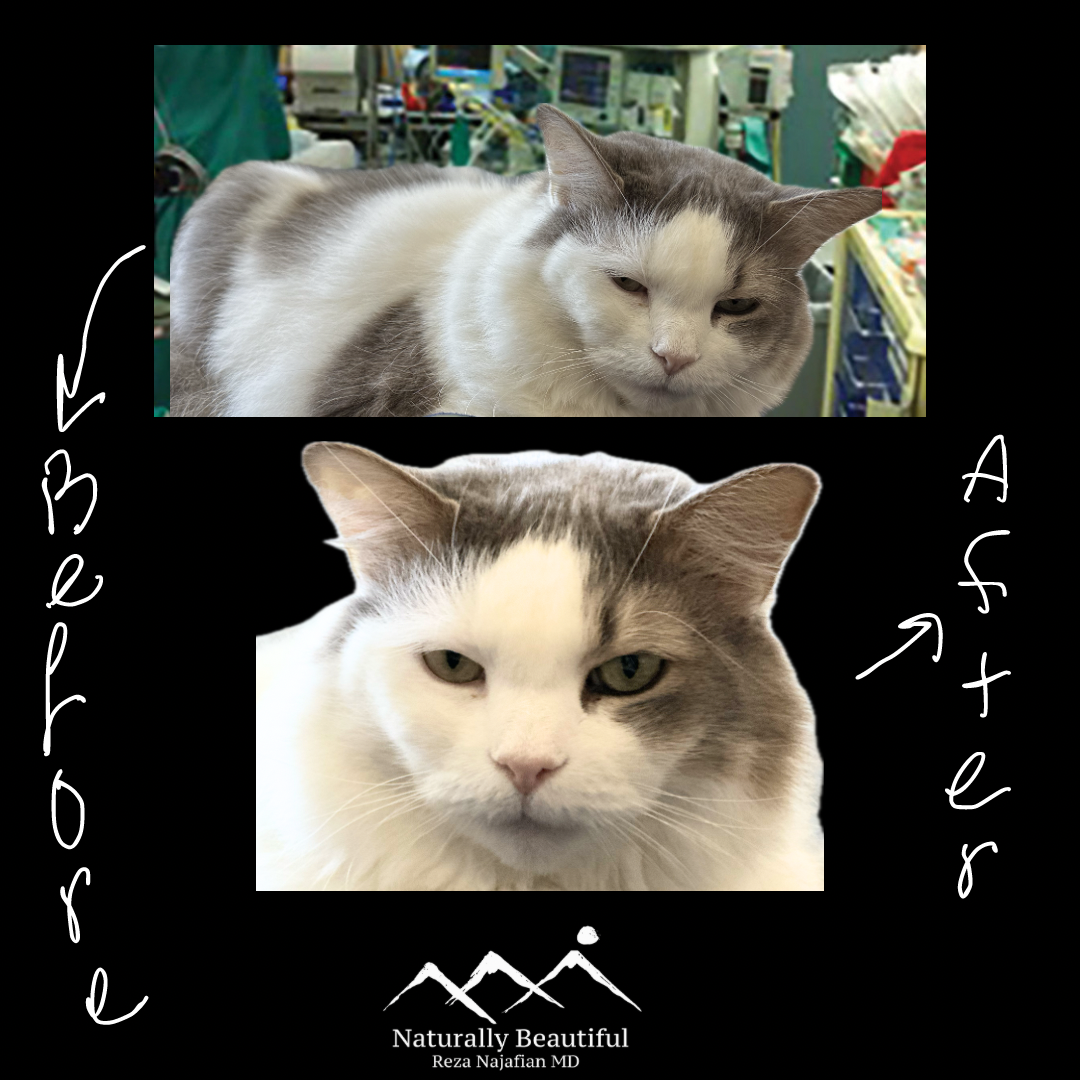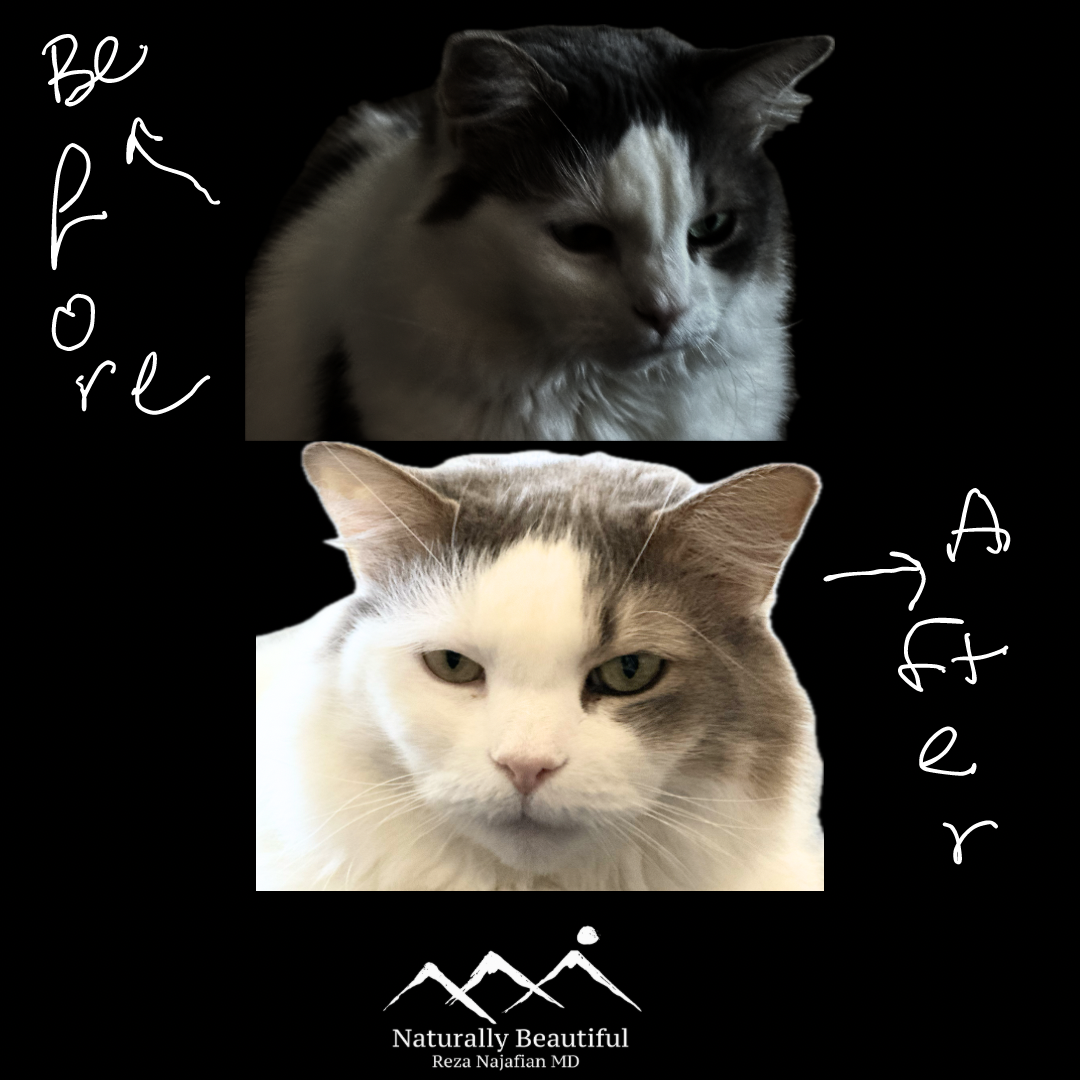Behind the Scene of Before and After Photos in Plastic Surgery!
Unlike many other specialties, the outcomes of plastic and even reconstructive surgery are very visual and often being judged by how much visual difference and impact they have made.
There are other factors, obviously, that cannot be pictured, like functional improvements, improvement in pain or discomfort, lifestyle changes, change in the mental health and confidence, etc.
However, studies have shown that before and after photos are commonly biased towards the after photo. This means that surgeons tend to set up, capture or present the after photos in a way that look more attractive than it really is!
Although some factors are difficult to adjust, there are some that are that can -and should- be avoided to provide a more realistic picture of the visual impact of the operation.
A recent study out of McGill published in the journal of Aesthetic Plastic Surgery by ElAbd et al. [i] showed that almost 71% of before and after photos posted on Instagram were biased towards the after photo.
But…
Why is this so important?
I always remind my patients that every patient is unique in their own way. Their anatomy, baseline characteristics, tissue quality, goals and other medical conditions make them a completely unique candidate compared to other patients who undergo the exact same operation.
That being said, many patients still rely on before and after phots as a reference to set their goals and expectations.
If those photos are unrealistic, biased and distorted towards the after result, it means that patients who use those photos to set their expectations will have unrealistic, biased and distorted expectations that would result in nothing but disappointment.
It is a professional and ethical responsibility of any plastic surgeon to avoid contributing to this situation as much as possible.
What are the main sources of bias?
Make up:
Probably one of the most common sources of bias in after photos is patients wearing makeup. Most before photos are taken without -or with minimal- makeup while after photos are frequently biased with patients wearing makeup
Photo quality:
Better after photo quality than before photo in many respects.
This includes the angle of camera (imagine a nose photo taken with a wide angle lens close to the face vs. the after photo taken with a standard lens from an appropriate distance)
Background:
A flattering dark soothing background on the after photos vs. the before photo taken in the OR with cables and monitors and probably half of the anesthesiologist’s belly in the background!
Timing:
Early post op photos are not true representative of the final outcome. In some cases they are over-representing the outcome and in some, under-representing. For example, a rhinoplasty result significantly changes with time. In some cases it is the scarring that dictates the final result. Many cases of alar notching look just fine on the table. But as soon as the swelling goes down and scar tissue forms, the undesirable look will be revealed.
Same with breast surgery, liposuction or any other procedure.
The only reason to share early postop results should be to help patients better understand the recovery process -how much things will change over time and what to expect at the early stages after surgery- not to advertise that as the final outcome.
It usually takes about 6 months until the results can be called “final”.
Position:
You would frequently see post abdominoplasty results that look fantastic -on the OR table!
They actually do look great. But if you look closely, you will see the bed extended at the hip, making the result and the tightness exaggerated than what it really is in real life.
No one will walk around with their back leaning backward!!
Another example is some cases that it is claimed that patient’s breast fold position was adjusted, but when you look closely, you will notice that in the after photo, patient is holding one shoulder higher than the other, giving the impression that breast fold or nipple positions are adjusted.
Light:
Poor lighting in the preop photo vs. Hollywood grade professional lighting in the after photo.
Some times adding a touch of oil on the skin will make the results shine even more!
Clothing:
Naked photos (or wearing operating room quality underwear) vs. wearing fancy lingerie.
What other sources of bias you can think of?
Of note, using filters or digital manipulation of the photos -unless to remove identifiers like tattoos, jewelry or cover private areas- are illegal and strictly prohibited and not a part of this discussion.
The bottom line is, some degree of bias is unavoidable and should be acknowledged but the factors mentioned above are among those that can and should be avoided to prevent unreasonable expectations that can lead to disappointment.
Whenever looking at before and photos, first remember that as much as these photos could be informative, they could also be misleading by forgetting that every patient and every surgery is unique and also there may be factors that could cloud the real before ad after comparison.
———————————————————————————————————————————
[i] ElAbd, R., Alghanim, K., Alnesef, M. et al. Aesthetic Surgery Before-and-After Photography Bias on Instagram. Aesth Plast Surg 47, 2144–2149 (2023). https://doi.org/10.1007/s00266-023-03398-9



